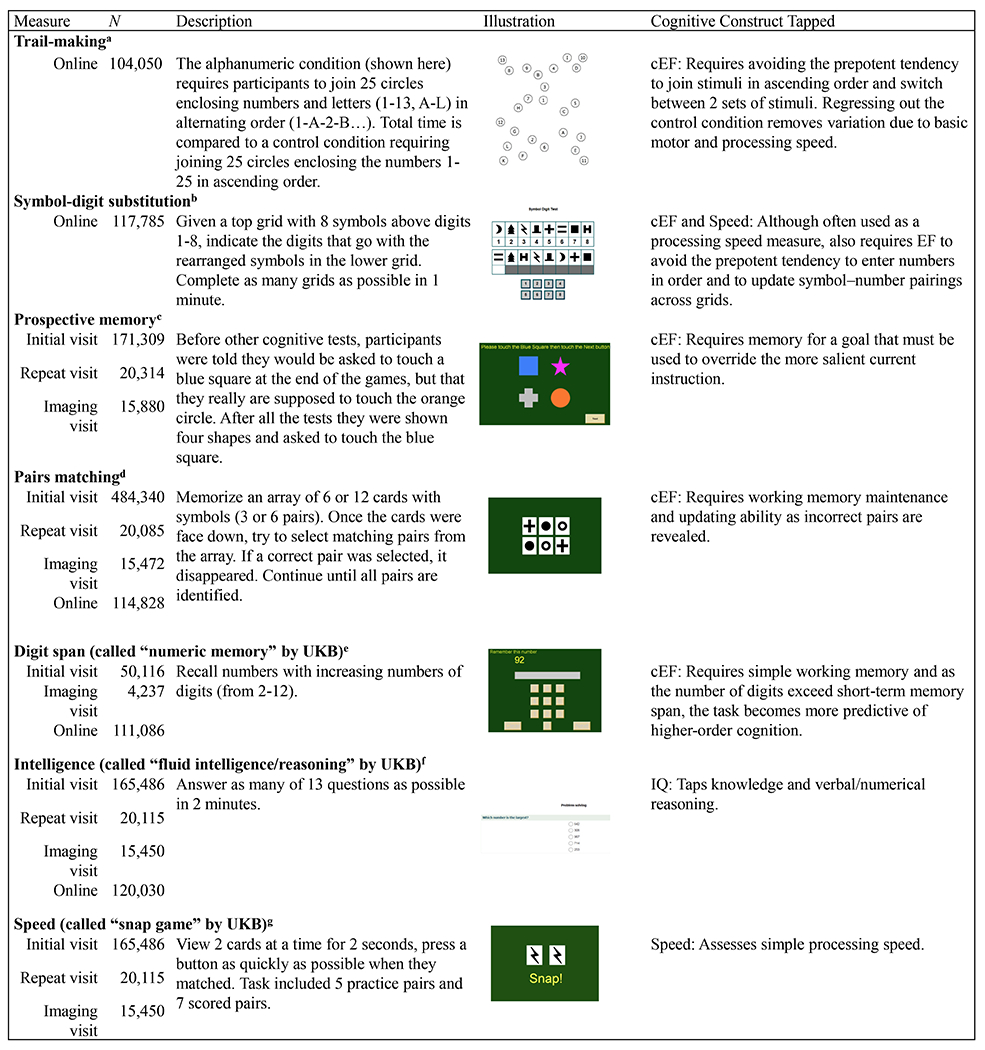Figure 1. Descriptions of cognitive measures used to obtain factor scores.

See Supplementary Methods for additional details and Supplementary Table S1 for descriptive statistics. cEF = common executive functioning; UKB = UK Biobank; IQ = intelligence. aDependent measure was the unstandardized residual of the log10-transformed time in seconds to correctly complete the alphanumeric set after regressing out the log10-transformed numeric path time; bDependent measure was the number of symbol-digit matches made correctly in 1 min; cDependent measure was a categorical variable coded as 1 for correct and 0 for incorrect on first try; dDependent measure was the sum of the log10-transformed number of incorrect matches +1 in the 6- and 12-card rounds; eDependent measure was the maximum number of digits remembered correctly; fDependent measure was the number of correct answers; gDependent measure was the log10-transformed mean time in ms to correctly identify matches across 7 pairs, excluding pairs with times < 50ms (anticipatory responses) and >2,000ms (responses that occurred after cards had disappeared). Scores were reversed in models so higher numbers indicated faster speed.
